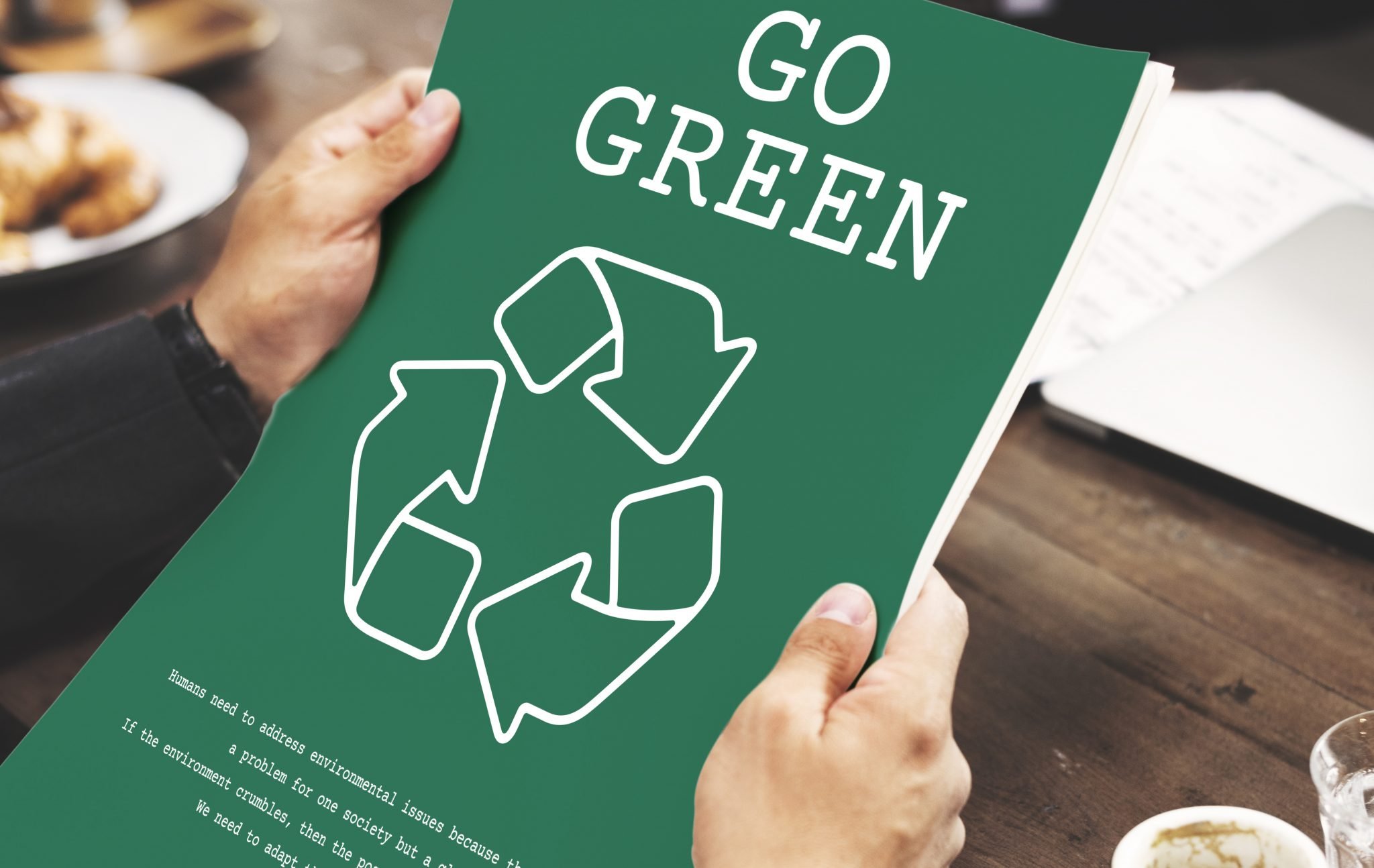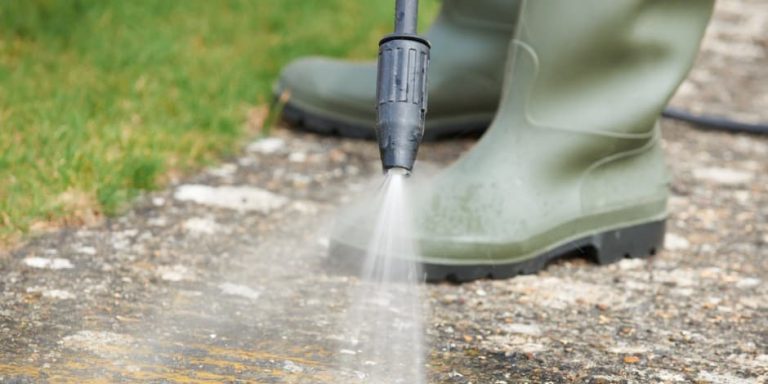
If you run a power washing business, your team is your biggest asset — and your biggest liability when it comes to environmental compliance. One untrained employee rinsing chemicals into a storm drain can lead to fines, bad press, and damage to your brand. On the flip side, a team trained in eco-friendly practices can elevate your reputation and keep your operations fully compliant. 🌍
In this article, we’ll explore how to effectively train your staff on eco-friendly power washing practices, from building awareness to implementing systems that ensure accountability and environmental safety every step of the way. ✅
🚨 Why Staff Training Matters More Than Ever
Environmental regulations are tightening at all levels:
- Local cities and counties are enforcing runoff laws more aggressively
- States are updating stormwater ordinances
- The EPA has strict oversight of non-point source pollution
Meanwhile, customers — both residential and commercial — are increasingly choosing vendors who are environmentally conscious. 🌱
Training your employees isn’t just about doing the right thing — it’s about:
- Avoiding fines and shutdowns
- Winning eco-conscious contracts
- Streamlining operations
- Building a brand that people trust
🧠 Step 1: Educate on the Environmental Impact
Before diving into equipment or procedures, your crew needs to understand why eco-friendly practices matter.
Host a short but focused session covering:
- What happens when runoff enters a storm drain (it goes straight to natural waterways)
- How detergents and chemicals affect aquatic life 🐟
- The role of erosion, sediment, and debris in water pollution
- The importance of public perception and accountability
📌 Tip: Use visuals — a diagram showing stormwater flow is more powerful than a paragraph of text.
🧪 Step 2: Teach Chemical Safety and Selection
Not all cleaners are created equal. Your team should know:
- How to read SDS (Safety Data Sheets)
- Which chemicals are biodegradable and phosphate-free
- Why some “green” cleaners still require careful handling
- How to properly dilute detergents based on surface and job type
Require that all products used on-site are:
- Approved by the business
- Labeled clearly
- Stored and transported safely
Browse Amazon Here For Eco-Friendly Power Washing Detergents
🛠️ Step 3: Hands-On Equipment Training
A core part of environmental safety is controlling the equipment used. Training should include:
- Safe pressure settings for different surfaces (to avoid overrun and splashback)
- Proper nozzle usage to prevent overspray
- How to control water flow and direct runoff
- When and how to use recovery vacuums, berms, and filters
Employees should practice containment setups using:
- Sandbags
- Gutter blockers
- Portable storm drain covers
- Temporary wash mats or trays
📌 Pro tip: Include mock scenarios like “washing near a sloped driveway” or “what to do when it starts raining.”
💧 Step 4: Runoff Control Procedures
This is where most environmental violations happen. Make sure your staff knows:
- Never to allow direct discharge into storm drains
- How to divert water to landscaping, gravel beds, or containment units
- How to use water vacuums to collect waste
- When it’s acceptable to let water infiltrate into the soil (i.e., no chemicals used)
Create a standard operating procedure (SOP) checklist they must follow before, during, and after every job. Include things like:
- “Confirm nearby storm drain is covered”
- “Pre-sweep surface”
- “Verify containment barriers are in place”
📋 Step 5: Documentation and Accountability
Training is only as good as the system that supports it. To stay consistent:
- Require signed documentation for completed jobs
- Photograph containment setups before starting
- Assign a designated “Environmental Compliance Lead” on every job
- Keep records of training dates, product logs, and inspections
This protects your business in case of complaints, audits, or accidental violations.
🧑🏫 Step 6: Repeat and Reinforce
Environmental compliance isn’t a one-and-done subject. Plan for:
- Quarterly refresher courses (even 30 minutes is enough)
- Job site spot checks by supervisors
- Incorporating eco-practices into team performance reviews
- Posting signs and reminders in your truck or storage area
Consider bringing in guest speakers from your city’s water department or a local environmental nonprofit to drive the message home.
🌎 Step 7: Foster a Green Company Culture
If environmental care feels like a top-down rule, it won’t stick. Instead:
- Encourage employees to contribute eco-friendly ideas
- Celebrate “Green Team Members of the Month” for doing things right
- Give small bonuses or rewards for compliant behavior
- Share customer feedback about your environmental practices
The goal is to make eco-responsibility part of your company DNA, not just a box to check.
💬 What to Say to Customers
Train your team to communicate your green efforts:
“We’re using a biodegradable detergent today and directing all runoff away from the storm drain. We care about keeping your neighborhood and our local waterways clean.” 💧
These small talking points build trust, show professionalism, and help differentiate your business.
🧠 Final Thoughts
Your power washing business is only as sustainable as the people behind the nozzle. 🌍
Training your team on eco-friendly practices isn’t just about avoiding fines — it’s about doing the right thing, building a stronger brand, and preparing your business for a future where environmental compliance is non-negotiable.
Start with education. Reinforce with systems. Lead by example. And you’ll have a team that not only cleans surfaces — but helps protect the planet too. 🌱🧼💪
Browse Amazon Here For Top Rated Power Washers And Accessories






